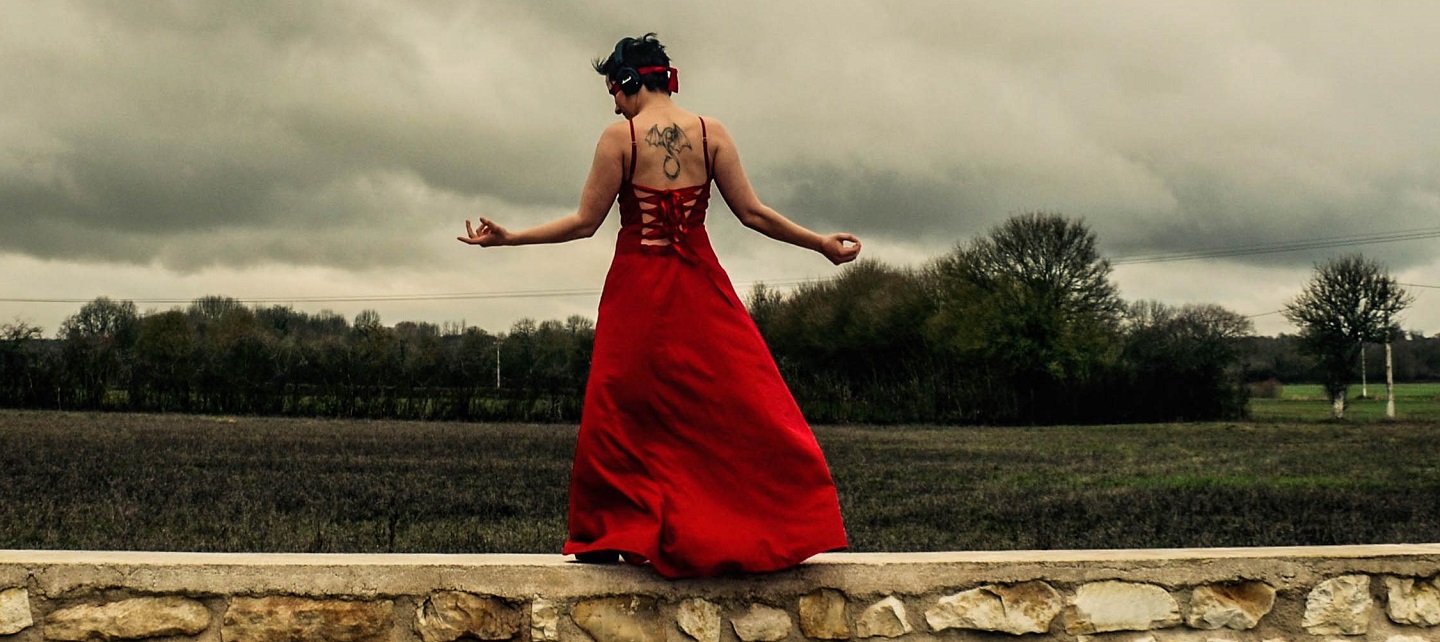Tag: social capital
-

Larp as Magical Practice: Finding the Power-From-Within
in
Larp has the potential to make meaningful change by helping us expand our imagination and empowerment.
-

On the Commodification of Larp
in
An exploration of the development of larp in the face of a growing tendency of contemporary culture to become commodified.
-

The Impact of Social Capital on Larp Safety
in
We cannot discuss exploring outside of our comfort zones in larp without taking into account imbalances of social capital, influence, and power.